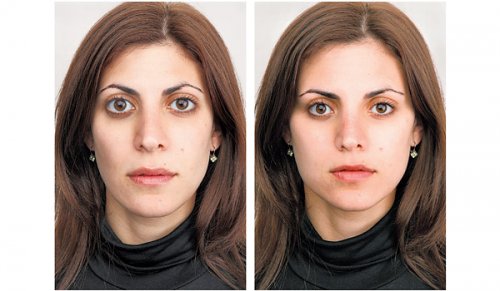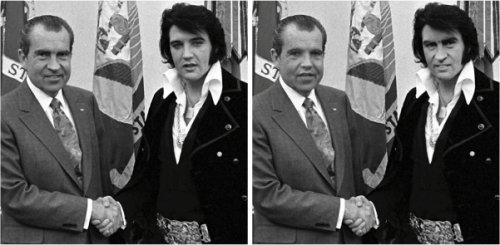Algorithms to improve photos and videos
It is possible through an algorithm to produce a modified, improved image.
The example below is a good illustration of an embellishment (assumed but I am not arguing about that):

We can never trust the sites of meetings and dating services!
The algorithm was developed by a team of researchers from the University of Tel Aviv: Tommi Leyvand, Daniel Cohen-Or, Gideon Dror and Dani Lischinski.
Its operation starts by teaching the program with a series of pictures of faces seen as attractive, in the opinion of a group of testers. From the so defined criteria of mean distances between different points of the face, the corresponding points are retrieved on the photo to edit, and the program makes a correction of proportions.
Besides embellisement, several different operations can be performed routinely on photos:
- Adjusting the color and brightness.
- Replacement of a face by another in a plan.
- Morphing.
- Transmission of the expression of a person, such a smile, to all faces in a photo.
Morphing example: Richard Nixon becomes partially Eddie Presley and conversely:

It is also possible to edit a video, when it represents a static scene without moving objects, this from a photo of the same scene.
Demonstration:

